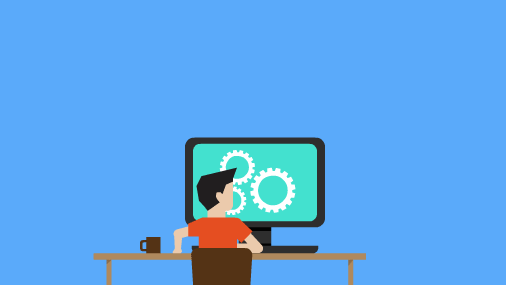In this course you will learn how to program in R and how to use R for effective data analysis. You will learn how to install and configure software necessary for a statistical programming environment and describe generic programming language concepts as they are implemented in a high-level statistical language. The course covers practical issues in statistical computing which includes programming in R, reading data into R, accessing R packages, writing R functions, debugging, profiling R code, and organizing and commenting R code. Topics in statistical data analysis will provide working examples.

About This Course
In this course you will learn how to program in R and how to use R for effective data analysis. You will learn how to install and configure software necessary for a statistical programming environment and describe generic programming language concepts as they are implemented in a high-level statistical language. The course covers practical issues in statistical computing which includes programming in R, reading data into R, accessing R packages, writing R functions, debugging, profiling R code, and organizing and commenting R code. Topics in statistical data analysis will provide working examples.
What You’ll Learn
➤ Understand critical programming language concepts
➤ Configure statistical programming software
➤ Make use of R loop functions and debugging tools
➤ Collect detailed information using R profiler
Skills You’ll Gain
➤ Data Science
➤ Github
➤ R Programming
➤ R Studio
What you will learn from this course
Module 1 – Background, Getting Started, and Nuts & Bolts
In this module, we’ll introduce and define data science and data itself. We’ll also go over some of the resources that data scientists use to get help when they’re stuck
➤ Installing R on Windows
➤ Writing Code / Setting Your Working Directory (Windows)
➤ Writing Code / Setting Your Working Directory (Mac)
➤ Introduction
➤ Overview and History of R
➤ R Console Input and Evaluation
➤ Data Types – R Objects and Attributes
➤ Data Types – Vectors and Lists
➤ Data Types – Matrices
➤ Data Types – Factors
➤ Data Types – Missing Values
➤ Data Types – Data Frames
➤ Data Types – Names Attribute
➤ Data Types – Summary
➤ Reading Tabular Data
➤ Reading Large Tables
➤ Textual Data Formats
➤ Connections: Interfaces to the Outside World
➤ Subsetting – Basics
➤ Subsetting – Lists
➤ Subsetting – Matrices
➤ Subsetting – Partial Matching
➤ Subsetting – Removing Missing Values
➤ Vectorized Operations
➤ Introduction to swirl
Module 2 – Programming with R
➤ Control Structures – If-else
➤ Control Structures – For loops
➤ Control Structures – While loops
➤ Control Structures – Repeat, Next, Break
➤ Your First R Function
➤ Functions (part 1)
➤ Functions (part 2)
➤ Scoping Rules – Symbol Binding
➤ Scoping Rules – R Scoping Rules
➤ Scoping Rules – Optimization Example (OPTIONAL)
➤ Coding Standards
➤ Dates and Times
Module 3 – Loop Functions and Debugging
➤ Loop Functions – apply
➤ Loop Functions – mapply
➤ Loop Functions – tapply
➤ Loop Functions – split
➤ Debugging Tools – Diagnosing the Problem
➤ Debugging Tools – Basic Tools
➤ Debugging Tools – Using the Tools
Module 4 – Simulation & Profiling
➤ The str function
➤ Simulation – Generating Random Numbers
➤ Simulation – Simulating a Linear Model
➤ Simulation – Random Sampling
➤ R Profiler (part 1)
➤ R Profiler (part 2)
